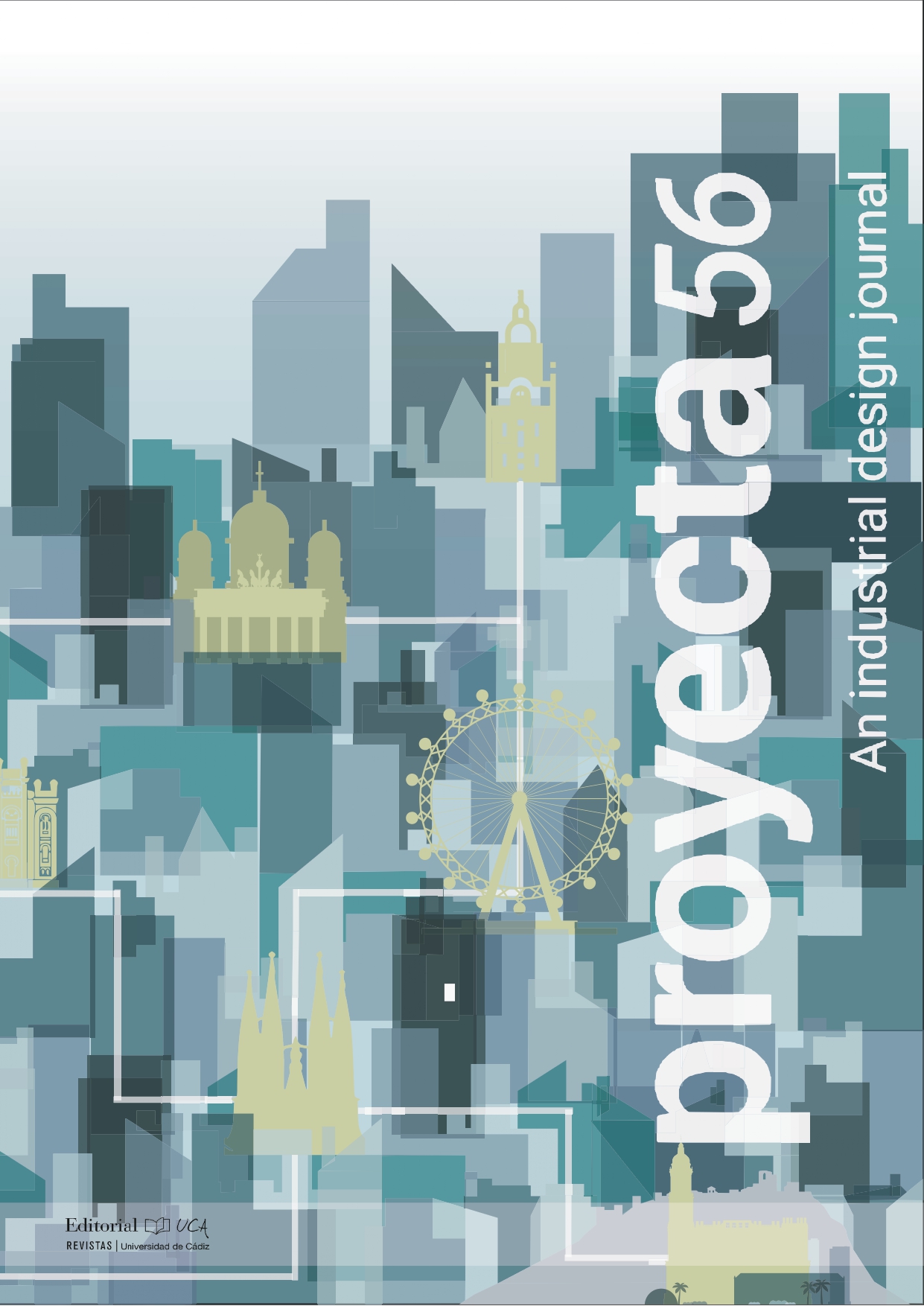Political agenda of design?
Abstract
Design has diversified its meaning and approach, shifting from being marginalized in academic disciplines to encompassing a wide range of concepts. While this demonstrates vitality, it also raises concerns about the dilution of design identity.
Social and cultural sciences have shown a particular interest in design due to the limitations and contradictions in its practice and teaching in the global market. Design seeks to create viable systems from ecological and social perspectives, and it is believed to be socially relevant beyond dominant discourses.
Two types of design can be distinguished: needs-driven design and market-oriented design. The political dimension of projects arises from broader political and social processes, and the question of how design can change society is posed. However, this can lead to excessive expectations and be limited to verbal statements and manifestos.
The inclusion of design in the political agenda can generate misunderstandings and the risk of becoming a hegemonic doctrine. Instead, design can act as a mediating force between public and private interests. Designers like Jan van Toorn challenge authoritarian trends and maintain hope in a self-determined practice and tradition of design, despite corporate and commercial influence.
Downloads
How to Cite
License
This Journal is under a Creative Commons License Attribution-NonCommercial-NoDerivs 4.0 International.







